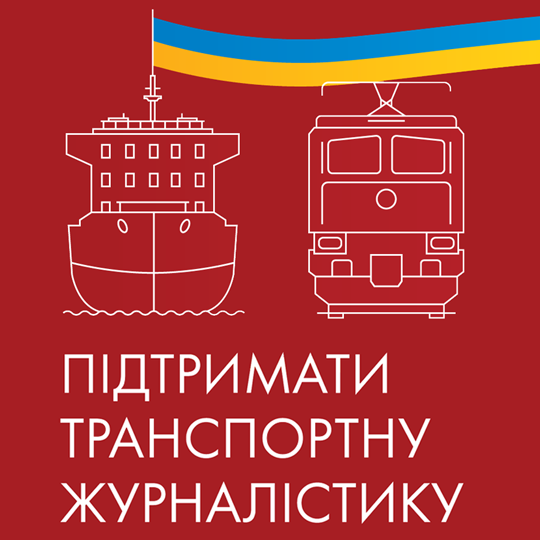The first projects to be analyzed using the National Transport Model of Ukraine (NTMU) will be the M-15 highway and the Ukraine-EU rail freight corridor, according to Adnan Rahman, team leader of the EU-financed project "Assistance to the Ukrainian Authorities for Establishment of National Transport Model and Master Plan."
This was reported by the CFTS portal, citing the Interfax Ukraine news agency.
"The first real application of the model will be [an analysis of] the M-15 Odesa-Reni highway to reduce congestion on local roads and improve access to the port. Another example of the NTMU's potential use is the cost-benefit analysis of the proposed Ukraine-EU rail freight corridor proposed by the European Investment Bank (EIB). The exact route has not yet been determined, and this is part of the analysis that can be done with the model," Rahman said.
Rahman emphasized the need for Ukraine to develop a robust and resilient transport system to ensure that the country's economy and citizens can continue to function even when ports are not operational. The NTMU allows for a comprehensive analysis of the advantages and disadvantages of different routes for delivering cargo, not only to Ukraine's border but also to the final destination.
"For example, we know that a significant volume of Ukrainian grain is exported to various African countries, and we have precise data on which countries and in what quantities. We also know how much grain is exported to Japan, China, and other countries. Therefore, depending on the cargo and its final destination, we can accurately forecast the most efficient route for grain transportation. The performance of such an analysis is an example of how the NTMU can be used. While this specific analysis has not yet been conducted, we have provided both the data and the model to the EIB for review," Rahman said.
He added that any project funded by the EU and/or donors requires a sound analytical methodology to determine the feasibility of the project and its implementation options. The NTMU can be used to assess the costs, benefits, and feasibility of projects.
Rahman stated that interest in the model is growing in Ukraine and that the project team has already received requests to use the model for various types of analysis, including several projects in Odesa and Kyiv.
"In addition to the parallel rail freight corridor project initiated by the EIB, the ministry (the Ukrainian Ministry for Development of Communities, Territories, and Infrastructure) is also interested in developing high-speed railways within Ukraine," Rahman added.
However, according to Rahman, the lack of data is the biggest challenge to the functionality of the NTMU.
"We have developed a model that should work at the community level, in accordance with Ukraine's updated territorial structure. However, such data is simply unavailable because most statistical data is collected at the district or regional level. We have had several discussions with the State Statistics Service and have been informed that there are no plans to collect data at the community level, given the ongoing war. The first community-level data collection is scheduled for 2028," he said.
Given the lack of data at the community level, NTMU developers are currently using an analytical approach to disaggregate regional data to the community level.
"Regarding the limitations and challenges to active and effective use of models, there are three: relevant, current, and reliable data; legislation that defines the use of models for public policy formulation; and the attitudes and mindsets of decision-makers and policymakers. This project is addressing the primary data challenges, and a draft regulatory act on data collection is being prepared. However, changing the mindset and using the model and institutional capacity will take more time," said Rahman.



